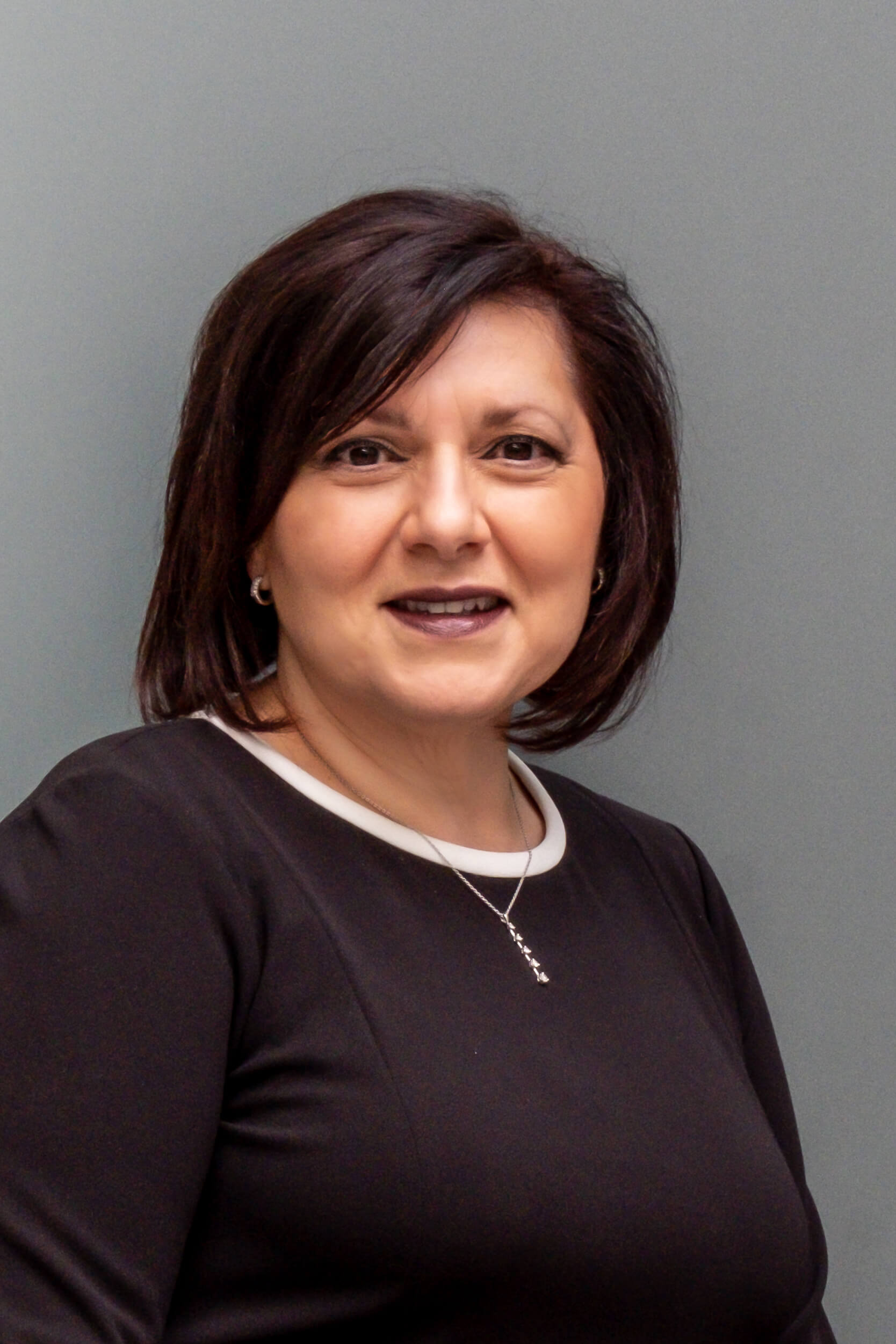
Why is exposure so critical to the safety assessment process?
Everyone wants to be safe and avoid harm. But a longstanding confusion persists between the fundamental concepts informing our understanding of safety.
Hazard, or the potential to cause harm, is often confused with Risk, or the likelihood of causing harm.
Why is the distinction so important?
Water and oxygen, substances that human beings could not live without, are both hazards because they each have the potential to cause us harm. Drinking too much water can induce water poisoning, and inhaling too much oxygen can result in oxygen toxicity; both are potentially fatal.
Knowing that a substance is a hazard is not enough to ensure safe consumption. Scientists need to understand a substance’s risks.
A key to understanding risk is exposure.
RIFM Vice President Anne Marie Api, PhD, oversees RIFM’s research, including collaborative efforts to ensure that robust exposure data inform RIFM’s Safety Assessment Process.
Q: What does “exposure” mean in the context of fragrance ingredients?
A: Simply put, exposure means any contact that a consumer has with a fragrance ingredient. Research shows that even the highest users of fragranced products experience minimal exposure to fragrance ingredients.
RIFM cannot conduct a safety assessment without exposure information. When evaluating the safety of a fragrance ingredient, RIFM includes the aggregate exposure for consumers from all product types. “Aggregate exposure” means the total combined amount of a single fragrance ingredient that a person comes in contact with through all products used in a day.
Scientists must have the following exposure data to assess an ingredient’s safety thoroughly:
1. amount of the ingredient in all products used;
2. how often and how long the exposure to the ingredient lasts; and
3. where contact takes place (e.g., the scalp, for ingredients in shampoos).
Q: Where do RIFM scientists get the exposure information?
A: For RIFM to use exposure data, the data must reflect real-world usage of fragrance ingredients.
In 2010, RIFM collaborated with Creme Global, who are leaders in data analytics software. RIFM and Creme developed and now maintain a database and software to interpret the data. The software is called the Creme-RIFM Aggregate Exposure Model, or Creme-RIFM Model, for short.
The model is already in the third phase of enhancement. It now contains data on all fragrance materials in the RIFM Safety Assessment Program and includes personal care, cosmetics, household, and air care products. A total of 71 products are in the model.
Q: What does the data include?
A: The Creme-RIFM Model is the most comprehensive of its kind. We built the model on real-life data from more than 41,000 people on how consumers use fragranced products (how often and where on the body) on a daily basis. It also includes scientific data from a wide variety of peer-reviewed and validated sources. A series of studies by the cosmetics industry provide information on the quantities of products used.
Data from RIFM-conducted surveys from manufacturers of fragrances and consumer products provide information on the concentration of fragrance materials in final products.
We use real-life data to determine the average consumer height and weight to calculate skin surface areas.
Q: How does the model impact RIFM’s understanding of fragrance safety?
A: The launch of the Creme-RIFM Model significantly improves exposure information. In turn, these enhanced exposure data help RIFM scientists make fuller use of the threshold of toxicological concern (TTC), a method used to determine if the current level of exposure to a fragrance ingredient is safe in the absence of any available studies. RIFM’s use of read-across and TTC has saved over 450,000 test animals.
Q: Where can we learn more about exposure and the Creme RIFM Model?
A: Elsevier, our collaborators on the Fragrance Safety Resource Center (where RIFM makes all of its peer-reviewed published research and safety assessments available for free), will host an informational webinar on November 18 devoted to the Creme RIFM Aggregate Exposure Model. Creme Global’s Head of Data Modelling and Statistics, John O’Brien, and I will discuss in greater detail how the model works and how RIFM uses it to ensure that consumers can enjoy their favorite fragranced products.
The Creme Aggregate Exposure Model webinar is open to all and free to attend. Register here.
For those who want to read more, we have published four peer-reviewed papers outlining aspects of the model:
Novel database for exposure to fragrance ingredients in cosmetics and personal care products (2015)
Anne Marie Api, PhD, is President of the Research Institute for Fragrance Materials (RIFM).